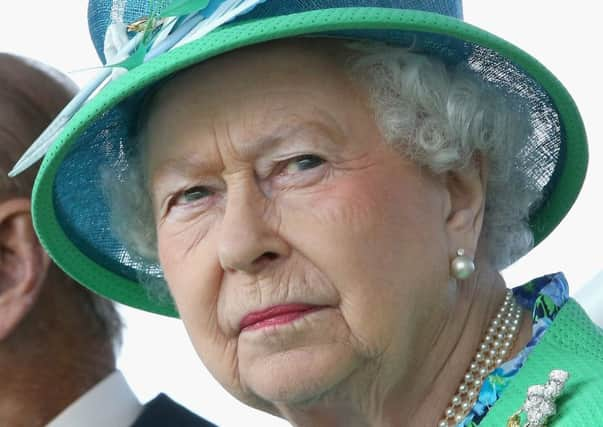Queen seeks trainee joiner at Balmoral


The successful candidate will be taught both modern and traditional conservation techniques after taking up the apprenticeship scheme.
Few electric tools are used to build and restore furniture at the castle because managers are keen to continue old traditions.
Advertisement
Hide AdAdvertisement
Hide AdThe estate has its own works department of joiners, a plumber, an electrician, slater and builder who carry out building repairs and make sure the roads are in good condition.
Balmoral’s clerk of works, Daniel Watson, who oversees maintenance at the castle and the estate’s 100 cottages, will train the apprentice.
Mr Watson, who has lived and worked at Balmoral for three years, said: “We need people who can restore sash windows from the 1850s. We tend not to use power tools.
“We try to do things the way they were done back in the day.”
Mr Watson said planning was an important part of the job because of their location in the heart of Royal Deeside.
He added: “We are quite rural. We have to plan things a bit better than in towns.
“We can’t just nip into town and pick up materials and supplies. During winter it can be quite hard.”
The Queen employs more than 50 full-time staff and dozens of part-time workers and half the houses on the land are rented out to employees on her payroll.
Advertisement
Hide AdAdvertisement
Hide AdEstate factor Richard Gledson said: “Skills applicable in a rural environment are vital.”
Last year the Scottish Government pledged to deliver 30,000 new modern apprenticeship opportunities each year by 2020 to tackle youth unemployment. Mr Watson said there was a shortage in skilled labour.
He said: “If we want to preserve what has been built in the past and we don’t have these skills, or understand the traditional methods, we can actually cause more harm to some buildings by making repairs if they are done in the wrong manner.
“Traditional building techniques are all done for a reason and when you implement modern methods and products it doesn’t always work.
“To preserve our built heritage it is very important that we are fully aware of the traditional ways in which they were built.”